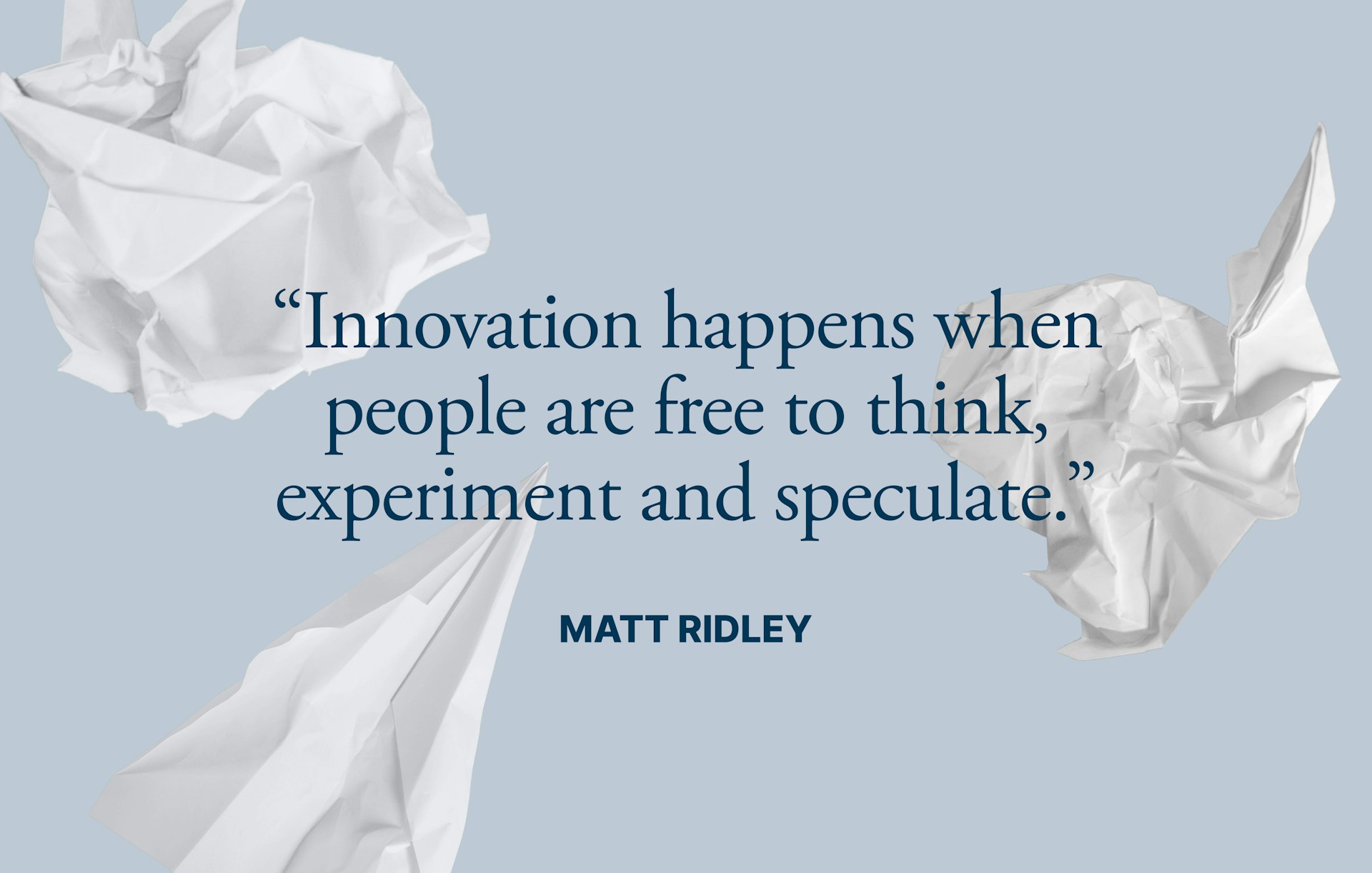Unlocking Creativity: How Small Business Leaders Can Thrive Amid Daily Challenges
In today’s business environment, creativity is crucial for small business success. A recent Dentsu survey showed 71% of CMOs feel increasing pressure to deliver more creative work to keep up with evolving consumer expectations. Things change fast, especially in how customers expect to connect with brands, and that means businesses must continuously adapt and innovate to stay relevant.
For small business owners, balancing the need for creativity with the demands of daily operations can be particularly challenging. The constant pressure to manage multiple tasks and stay connected can be stressful, making it difficult to focus on innovative thinking. Here we’ll explore some research on how to address those challenges and some ways to nurture creativity.
The Challenge of Balancing Creativity with Everyday Demands
The pressure to constantly engage with digital tools like social media and smartphones, which are essential for business, is one of the biggest struggles. But the solution isn’t simply to cut out these tools. Researchers have found that different generations respond in distinct ways, and these differences can guide how we approach creativity and overall well-being. According to a study published in Computers in Human Behavior, Generation Z benefits from time spent on productivity apps, which positively impacts their well-being. However, their time on social media tends to have the opposite effect, reducing their sense of well-being. For older generations, the findings are reversed: social media use can enhance well-being, while productivity apps can start to diminish well-being after a certain point.
Understanding our differences allows us to focus on the positive aspects of technology use. For some, focusing on productivity tools can help them feel more accomplished and creative, while minimizing social media use might reduce distractions and improve mental health. Others can benefit from leveraging social media to stay connected and inspired, but should be mindful of over-relying on productivity apps, which might lead to stress if not balanced properly. These findings are a good starting point on where to focus your attention so you can start evaluating which tools make you feel better and which lead to more stress instead of less.
Finding Flow and Enhancing Creativity
The impact of media multitasking on creativity is another significant area to explore. A study published in Frontiers in Psychology reveals that media multitasking disrupts deep cognitive processes, which are crucial for creative thinking. Divided attention can make it harder to generate original ideas and think creatively, which is a crucial skill for small business leaders who need to innovate regularly.
One effective approach to overcoming these challenges is cultivating a state of “flow,” a concept introduced by psychologist Mihály Csíkszentmihályi. Flow is the mental state where you are fully immersed and focused on an activity. Achieving flow can enhance creativity and well-being, making it a valuable practice for small business leaders looking for ways to allow for innovation amid daily demands.
To get to that state of flow, it’s important to create an environment that cuts out distractions. This need for focus ties back to the research from Computers in Human Behavior, which highlights how achieving flow can boost well-being, even during smartphone use. It suggests that engaging deeply with an activity—without distractions—can have a positive impact on your well-being. So, set aside specific times for creative work, turn off those notifications, and give yourself the space to be creative. Your creativity and your well-being will both benefit!
Making Creativity a Priority
Another way to boost your creativity is to adopt a playful work mindset. A study published in the European Journal of Work and Organizational Psychology found that employees who approach tasks with a playful attitude think more creatively and develop innovative solutions. A playful mindset means viewing work tasks as enjoyable and engaging rather than as burdens or chores. This mindset encourages experimentation, curiosity, and a sense of fun, which can reduce stress and open up new pathways for creative thinking. This mindset also reduces the fear of failure, which is essential for fostering creativity.
Even with these internal tools to strengthen your creativity, there are times when outside support can make all the difference. Recognizing when to bring in fresh perspectives is another way to maintain and expand your creativity. Whether it’s through collaboration or consulting with external experts, outside input can spark new ideas and relieve the pressure of trying to generate everything on your own.
If it’s time for that extra boost, we offer support tailored to small business leaders. From strategic consulting and creative brainstorming sessions to innovation workshops, our team is here to help you elevate your ideas and drive your business forward.
For small business leaders, finding time for creativity is not just a luxury—it’s essential for staying competitive and innovative. By recognizing how media consumption and multitasking affect creativity, and by fostering a flow state and playful mindset, you can support creativity daily and keep creativity at the forefront of your business efforts.
Read More
If you’re interested in diving deeper into the topics covered in this article, here are some resources for further reading:
- Smartphone use, flow and wellbeing Computers in Human Behavior
- The relationship between media multitasking and creativity Frontiers in Psychology
- Does playful work design ‘lead to’ more creativity? European Journal of Work and Organizational Psychology
These sources offer valuable insights and further information on the importance of creativity, the challenges of media multitasking, and how to cultivate a creative mindset in the workplace.

